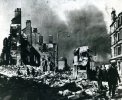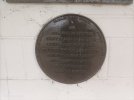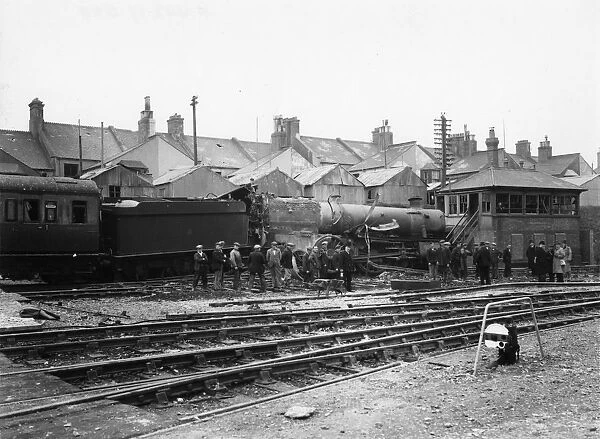Has always surprised me how few locos were actually destroyed, compared to Germany (and even France). The Southern seemed to lose far more emu cars, but the figures are difficult to get as quite a number of the replacements built post-war had the same numbers and were to the same design. Whether a loco was written off or regarded as rebuilt seems to depend as much on accountancy practice as engineering reality, and possibly as well workshop capacity and government attitude to compensation that year, all of which changed as things progressed.
The locos lost at sea being sent overseas had all, I believe, been removed as railway assets beforehand.
Hall 4911 was indeed badly damaged at Plymouth, but there are a couple of photographs of it, contrary to other comment it does not look a direct hit (unless a small one), more blast damage, and I'm sure Swindon has rebuilt worse from accidents.



